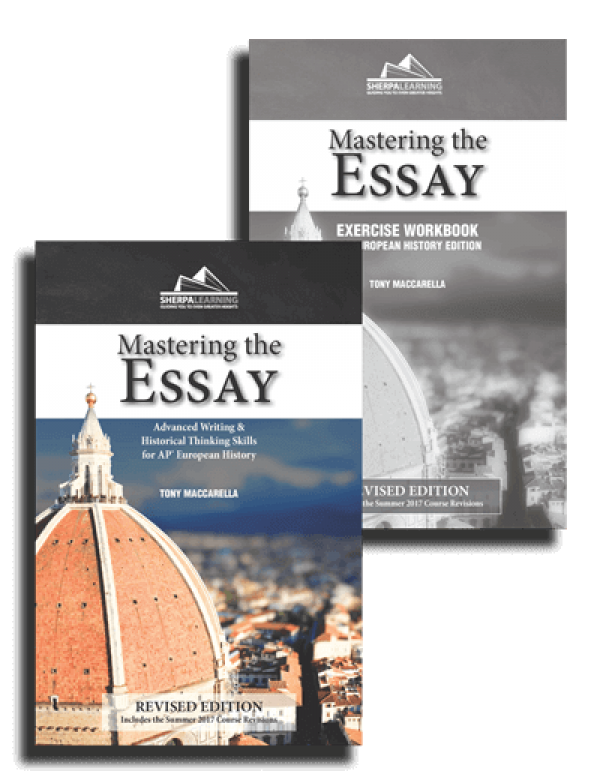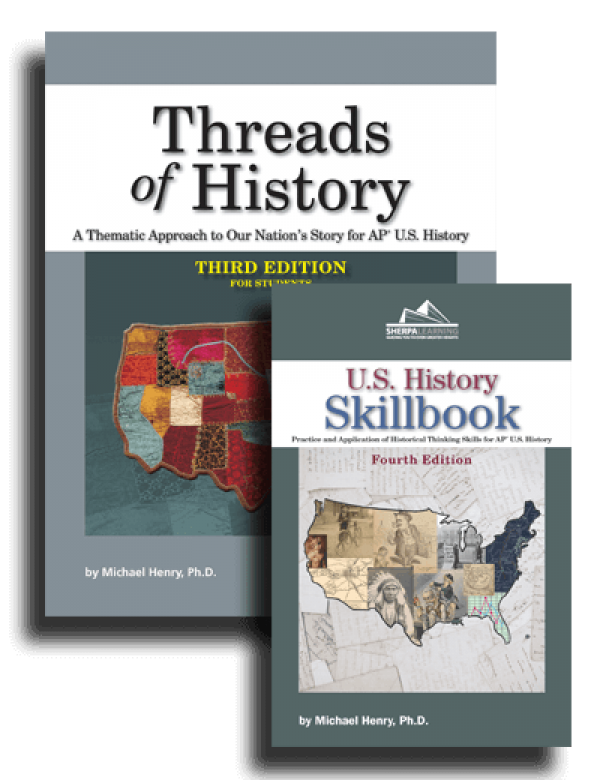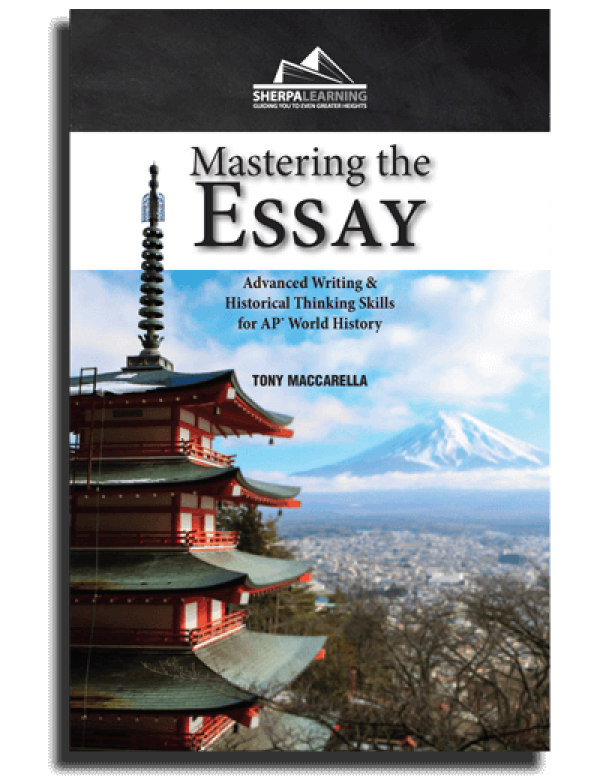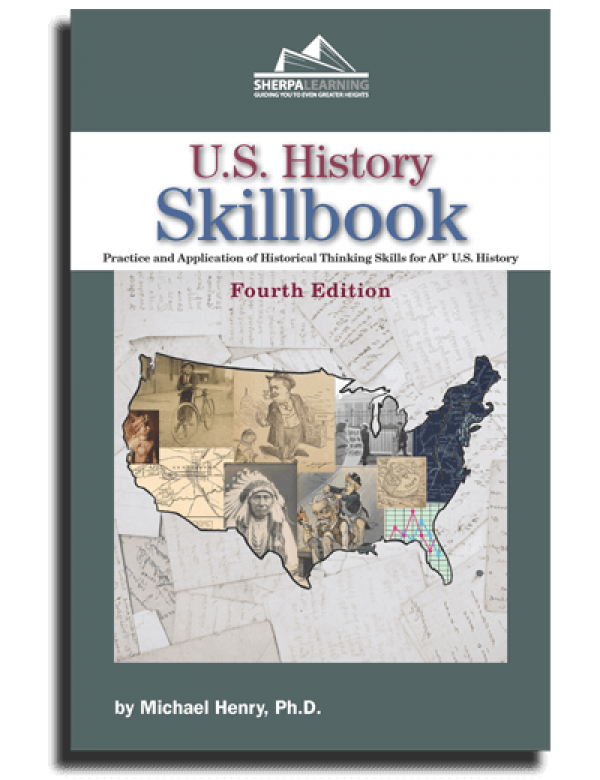Giving Synthesis Another Shot
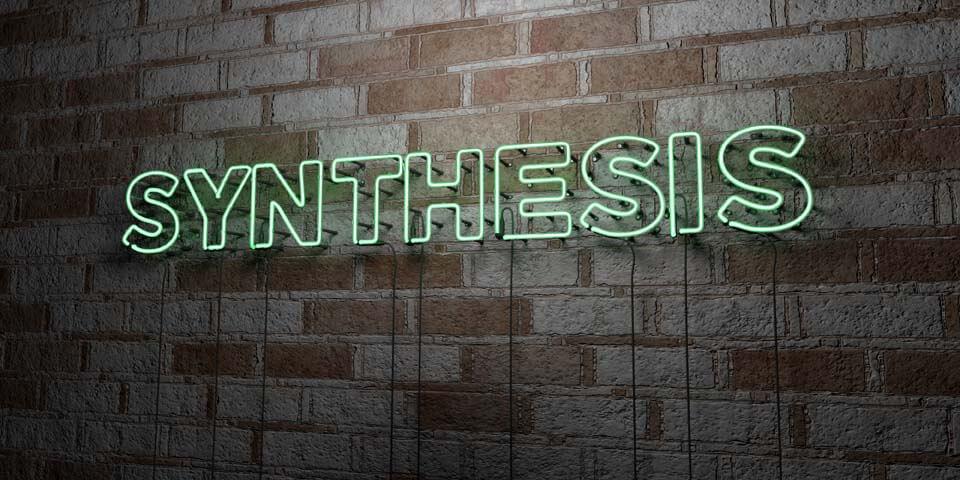
Giving Synthesis Another Shot
I recently returned from the AP United States History exam reading in Tampa, Florida where I graded over 700 Long Essay Question (LEQ) responses. I came away from the week’s work with a concern about the effectiveness of the latest iteration of the scoring rubric—a concern born not only from my own experience, but also from my many discussions with fellow readers. Specifically, there seemed to be a recurring problem with the reasoning section in part D of both the LEQ and DBQ (Document-Based Question) rubrics. This new aspect of the standard was a replacement for the synthesis point that was dropped from the rubrics last year. Perhaps the better solution might have been not to replace the synthesis point, but revise it. I propose it’s time for another go-round with synthesis.
Over the course of the week in Tampa, almost every reader I spoke with lamented the mechanical nature of the rubric. This overarching concern focused on students’ ability to be awarded points on essays that lacked a true historical argument. Educational Testing Service (ETS) seemed aware of this shortcoming by asking students in part D to “corroborate, qualify, or modify” their argument. I believe that the problem with this requirement was that the rules for the reasoning point were incomprehensible to most teachers—the explanation was so vague that instructors were left unsure how to interpret it, and therefore how to help their students address this aspect of the rubric. The result was that only a handful of test-takers earned this point at the exam reading this year.
As mentioned above, this attempt to add a “complex understanding” component to the rubric was an acknowledgement that the mechanical, check-list-process of awarding points for individual pieces of an essay often obliterated the development of an argument in the answer. While students received points for thesis, contextualization, and evidence in the various categories, it was possible to score in the 4- or 5-point range on the LEQ without actually writing a coherent answer to the prompt. In many cases, after I finished the check list, I was unsure that I had actually read an effective response to the question at hand.
Much of the problem with the reasoning point in section D is its imprecise description. Students are expected to earn the point by analyzing either nuances, similarities and differences, continuity and change, insightful connections, corroborate multiple perspectives, and/or alternative views. This mountain of challenges seemed too steep for both students and teachers to climb. Having seen the results first-hand, I have to assume that most teachers did not understand how to instruct their students in achieving this type of complex understanding.
Maybe now that the rubric changes are almost a year old and have been put into action at the reading, clarity regarding the reasoning component will spread throughout the AP history community. But if that does not happen and teachers continue to struggle with its implementation, another change might be in order. What if we returned to a synthesis component on the rubric to insure that students write a true historical argument rather than just string together fragments and pieces of an essay?
Now, I know what you're thinking: two years ago, you were reading blog articles decrying the problems with the mysterious synthesis point; why on earth should we return to that failed idea? The problem with the synthesis point of the 2015 rubric was the way it was defined. ETS proposed that synthesis was the ability to connect arguments to different periods, eras, areas, or themes. This confused students by seeming to overlap with the contextualization element of the grading standard. Also, many teachers had a totally different understanding of synthesis.
Most teachers recognize synthesis as something quite different from the way ETS defined it. Instructors typically interpret synthesis as combining diverse and, at times, disparate ideas or elements into a new, broader construct of knowledge. By doing this, students create, expand, and clarify their arguments. In short, they go beyond the information given and demonstrate a more complex understanding of the topic at hand.
A return to this more traditional definition of synthesis would ask students to expand their point of view and thesis by combining the facts they have listed or described into a new structure of explanation. As such, synthesis becomes relating existing elements in an essay into a deeper more extensive historical interpretation. While this may not be a perfect solution to the new issue with the latest rubric, it will go a long way to achieving a well-written, analytical response that any college would accept as freshman-level, United States history work.

